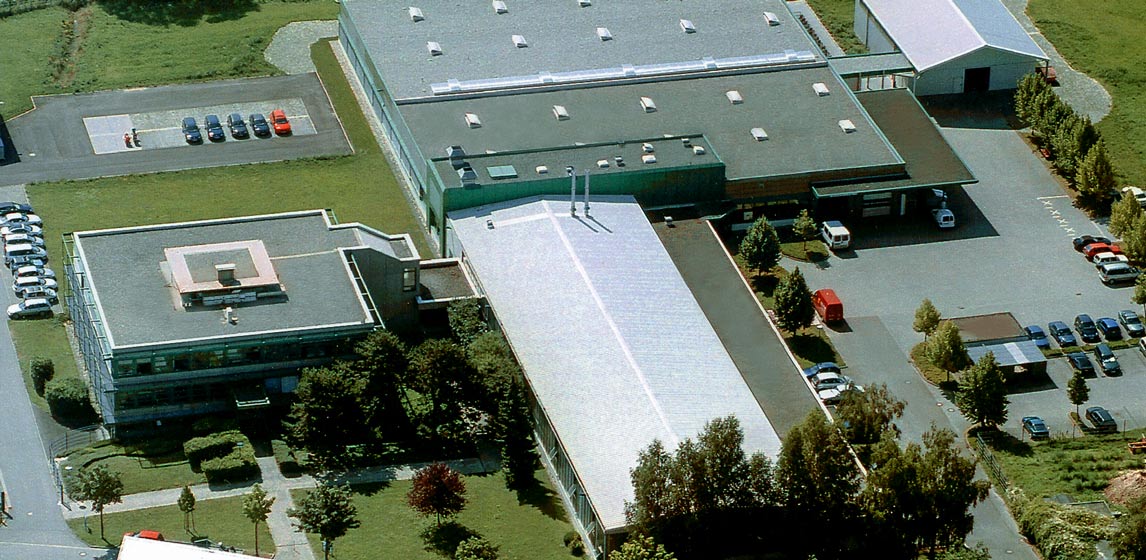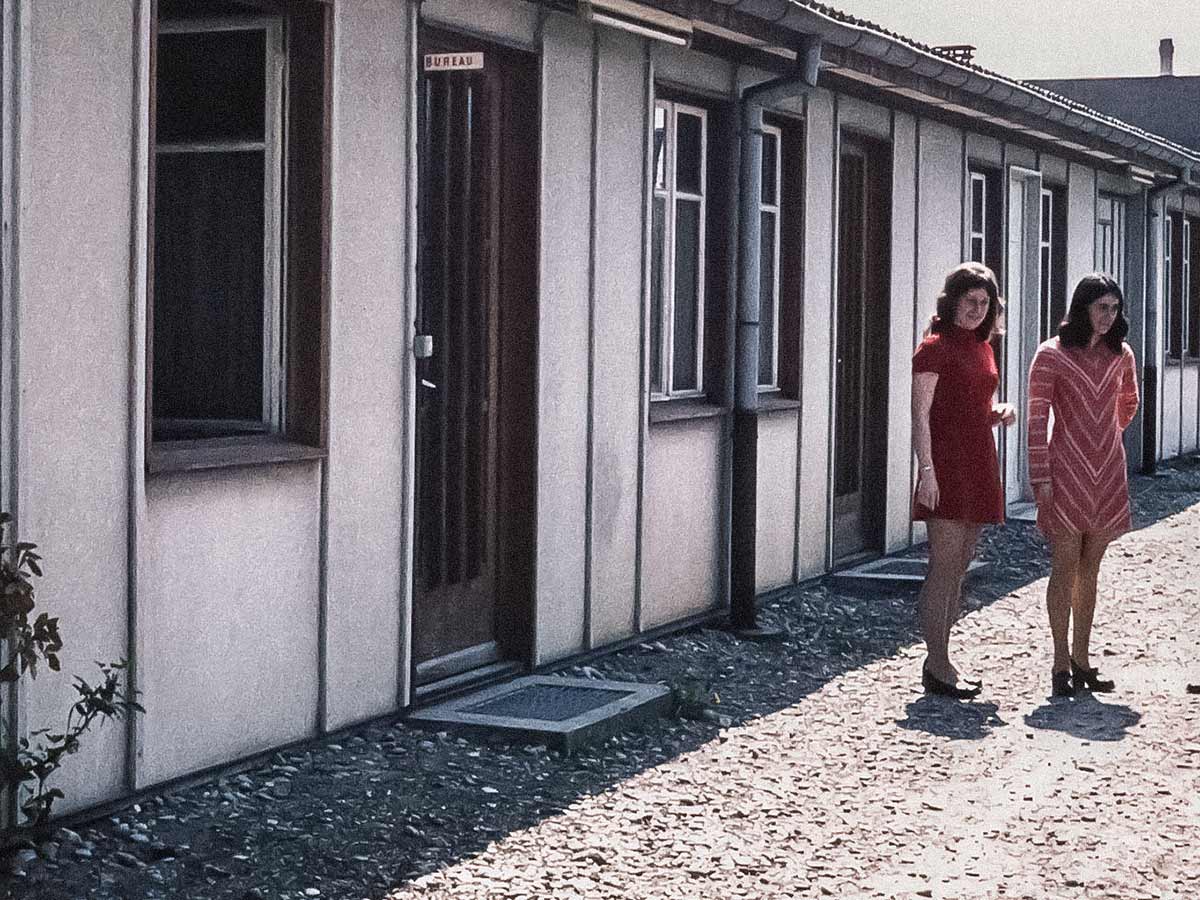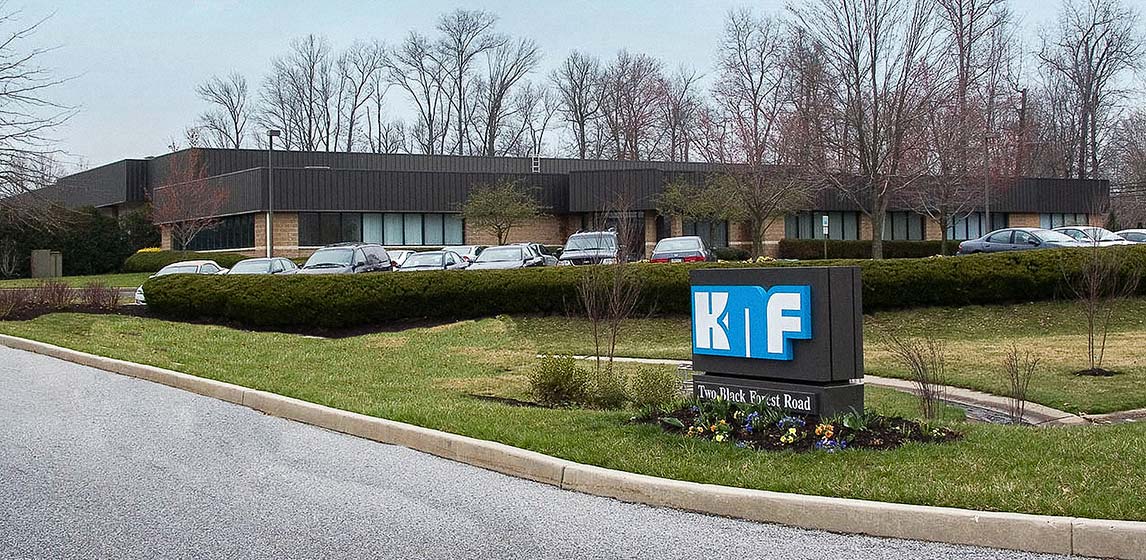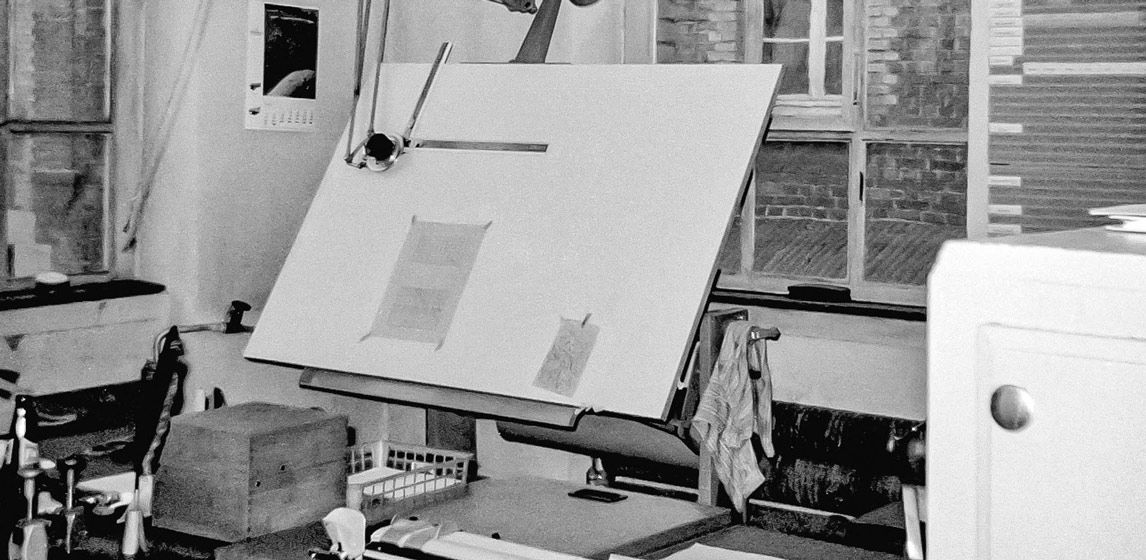
Habsburgerstrasse
Habsburgerstrasse in Freiburg. Modern buildings, restaurants and shops line up one after the other – today, the street even has something of a big city flair to it. But one building stands out in the middle of this chic boulevard. An old factory. It is within these walls, which are now home to a center for alternative culture, that the story of KNF pumps begins.
In 1953, Kurt Neuberger rents part of this functional building, which belongs to a yarn factory at the time. Across two main floors and a basement, Kurt Neuberger KG spends the following 17 years manufacturing thread cutting machines and cylindrical grinding machines and conducts contract work for other companies. From today’s perspective, the equipment and working conditions on Habsburgerstrasse are rather bizarre. Some of the first people recruited by Kurt Neuberger still clearly remember this legendary manufacturing location today.
“Everything was rather spartan back then,” explains Klaus Lakies, who joined the company as an apprentice in 1961. The lockers are located in the basement behind a thick iron door. This area also harbors a black monstrosity – an old locomotive boiler that is used to heat the factory. “When winter was over, we apprentices had to smear the cast-iron boiler with oil – and afterwards, we were caked in it and stunk of it!” adds Klaus Velten, who embarks on an apprenticeship as a machine fitter in 1964. To add insult to injury, the heating constantly breaks down, meaning that hats, scarves and gloves are a common sight indoors during the colder months, which are often bitterly cold.
The basement also houses a gas boiler that produces fuel gas for welding. The calcium carbide gives off a terrible stench of rotten eggs. The gloomy basement is also where staff sprays, overturns and grinds down crankshafts to hundredths of a millimeter.
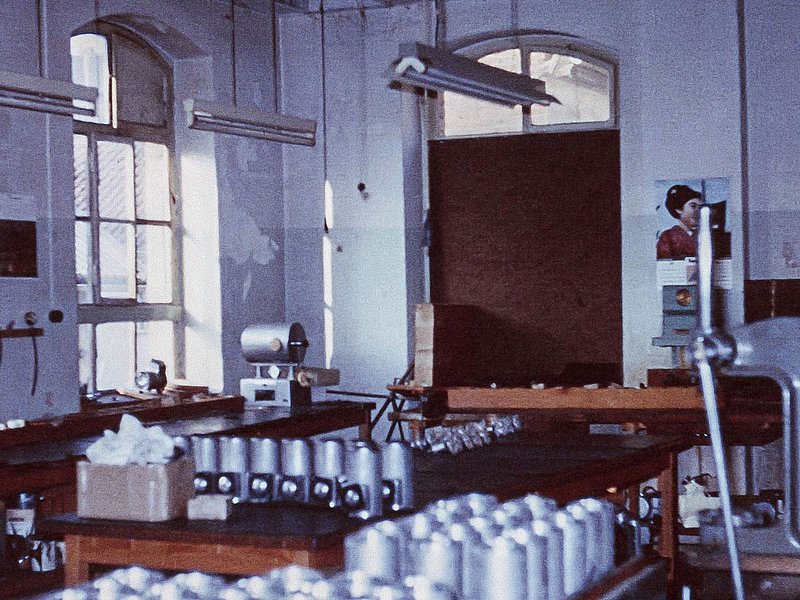
The workshop is located one story up. Alexander Gagg, who worked for a large tool manufacturer before being employed by Kurt Neuberger in 1961, will never forget what he is greeted by. “There were tools, drills and bolts strewn about everywhere!” In some places, the dust that had accumulated on the floor and crates from all the grinding is a centimeter thick. Window panes are missing, there are no proper work spaces and hardly any work benches or proper tools. One of his first tasks is to set up a tool room. Horst Brändle, who also joins the company in 1961, is of a similar frame of mind and initially thinks to himself, “I can’t stay here. It’s impossible.” And yet he changes his mind.
Alexander Gagg and Horst Brändle are not the only ones to eventually stay on until their retirement. The employees’ tireless dedication transforms the run-down factory building on Habsburgerstrasse into a presentable head office. Yet it is still missing something crucial: space to accommodate growth. This becomes apparent when KNF begins achieving success with its diaphragm pumps. In 1969, this finally propels the company to move to Freiburg-Munzingen’s fields of green.
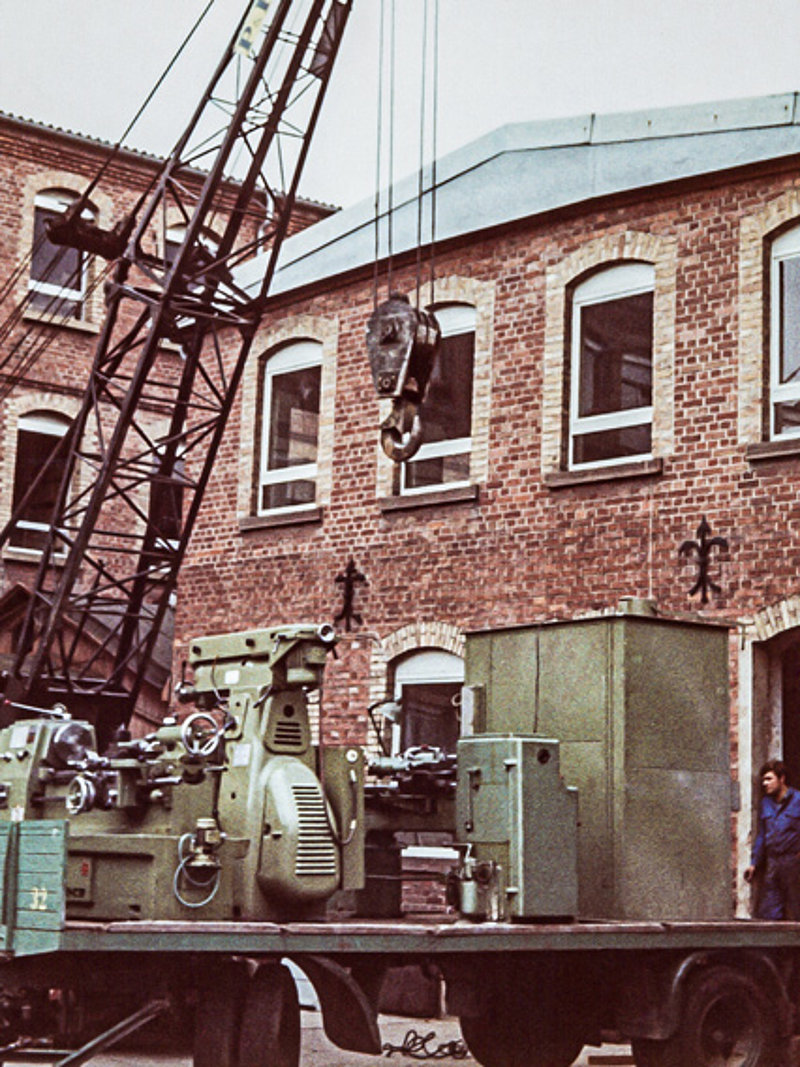
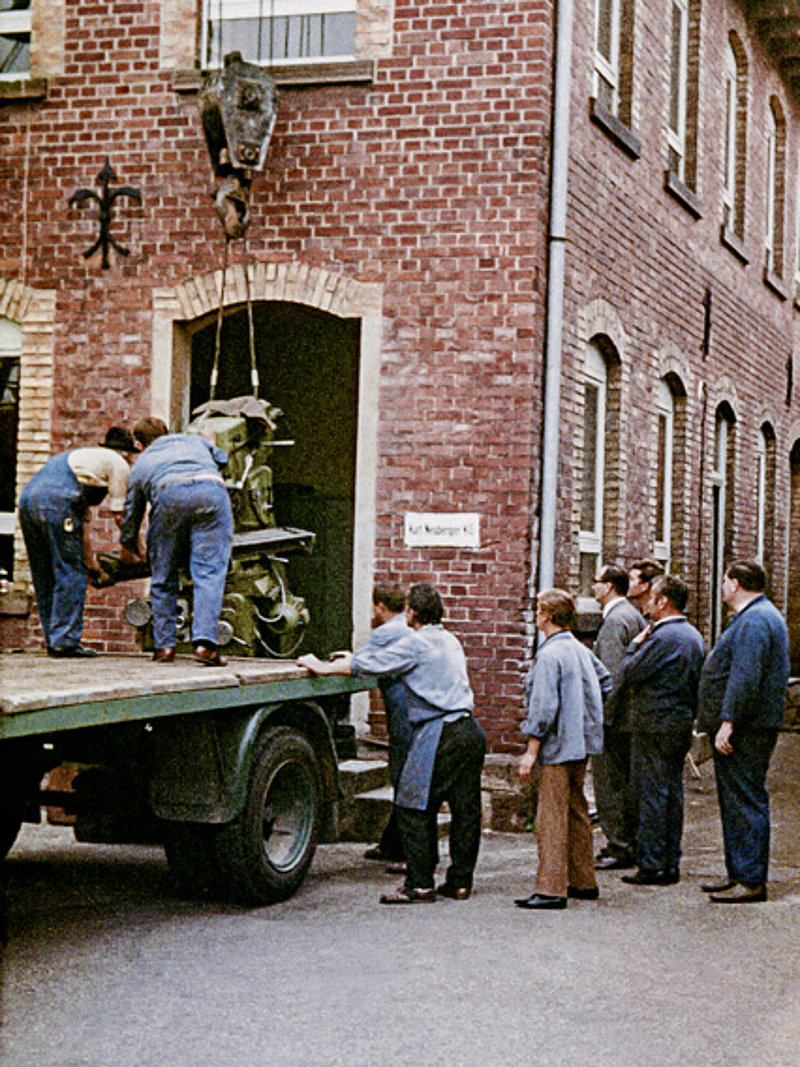
KNF Blog Knowledge Flows
Follow the latest trends and stories on how diaphragm pump technology drives evolution in the market.


